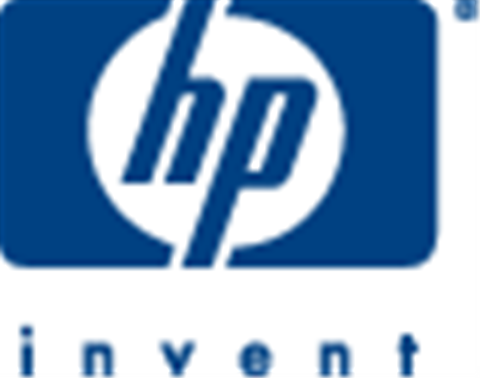HP has launched three new digital photography lines in an attempt to boost its presence at the professional and consumer ends of the market.
Leading the new products, the company unveiled three consumer digital cameras targeting more sophisticated and demanding digital photography users.
The high-end R837 offers a 7.2-megapixel resolution, 24x zoom and a 3.1in screen. The camera offers basic editing features, such as red eye correction. The estimated street price is US$229.99.
HP will also offer two new mid-level cameras. The US$109.99 M437 and US$129.99 M357 feature a 2.5in display, and 5-megapixels and 6-megapixels respectively.
The cameras ship with a special docking station that allows users to print images directly from the camera, along with software to tag and organise photos.
Such management software is becoming vital as users increase their digital photo collections, according to Dan Gilbert, vice president of marketing for digital photography and entertainment at HP.
"People are getting thousands and thousands of photos now, and everyone recognises that as an issue," said Gilbert.
However, Ron Glaz, programme director for digital imaging solutions and services at IDC, does not believe that the new cameras will help HP gain any market share.
"HP's camera line-up is definitely growing, and they are adding interesting features," said Glaz.
"But will that push them to number four or five? I don't think so. They're not earth-shattering features."
HP has more to gain from its new Photosmart retailer products, according to the analyst.
The photo systems will allow retailers to offer digital photo kiosks where users can edit photos and construct products such as photo books and poster-sized images for immediate in-store printing.
HP will also upgrade its Snapfish service that allows customers to upload photos from digital cameras and order prints from local retailers.
Glaz said that HP's background in hardware, networking and consumer PCs could give it an advantage in a retail printing market that is becoming focused on digital photos and has been dominated by film companies.
"HP is more than just a printing company," explained Glaz. "HP brings the technology infrastructure, and can deploy the network pretty quickly. Nobody in the photo industry has the technology to do it. They have to partner [with a hardware vendor]."
The final part of HP's efforts to move up the market is a new program for professional photographers aimed at simplifying the process of calibrating colour across multiple monitors and printers.
The DreamColor system includes two new printers, as well as a new standard for calibrating colour so that monitor screens and printed photos accurately render colours.
"One of the areas that users have expressed to us is the need for really consistent colour across multiple devices," said Gilbert.
"They're looking at a picture or an animated film and they want that same colour when they look at it on another monitor or when they print it out."
In order to deliver this colour accuracy, HP will roll out a pair of professional-level printers. The DesignJet Z series, costing US$5,095 and US$7,495, will be the first to meet the DreamColor standard.
HP is also working with Adobe on a DreamColor plug-in for applications such as Photoshop and InDesign.
HP's move to standardise calibration in professional printing systems could pay off, according to Glaz.
"It has been a dream of every professional to get the same results no matter what printer they use," he said. "I think DreamColor is moving in the right direction, but it's not 100 per cent. I don't think we'll ever have it perfect. "
HP revamps digital imaging strategy
By
Shaun Nichols
on Mar 9, 2007 9:31AM

Got a news tip for our journalists? Share it with us anonymously here.
Partner Content

MSPs with a robust data protection strategy will achieve market success

Beyond the box: How Crayon Is Redefining Distribution for the Next Era

Shared Intelligence is the Real Competitive Edge Partners Enjoy with Crayon

How Expert Support Can Help Partners and SMBs Realize the Full Value of AI
_(21).jpg&h=142&w=230&c=1&s=1)
Empowering Sustainability: Schneider Electric's Dedication to Powering Customer Success







.jpg&w=100&c=1&s=0)










